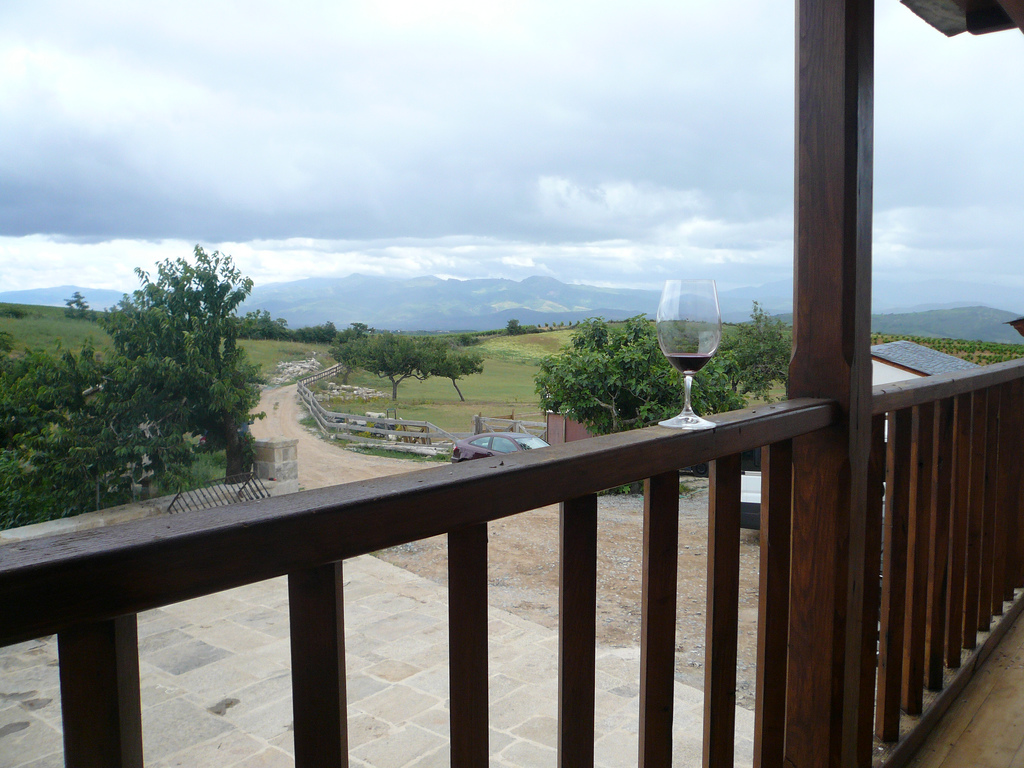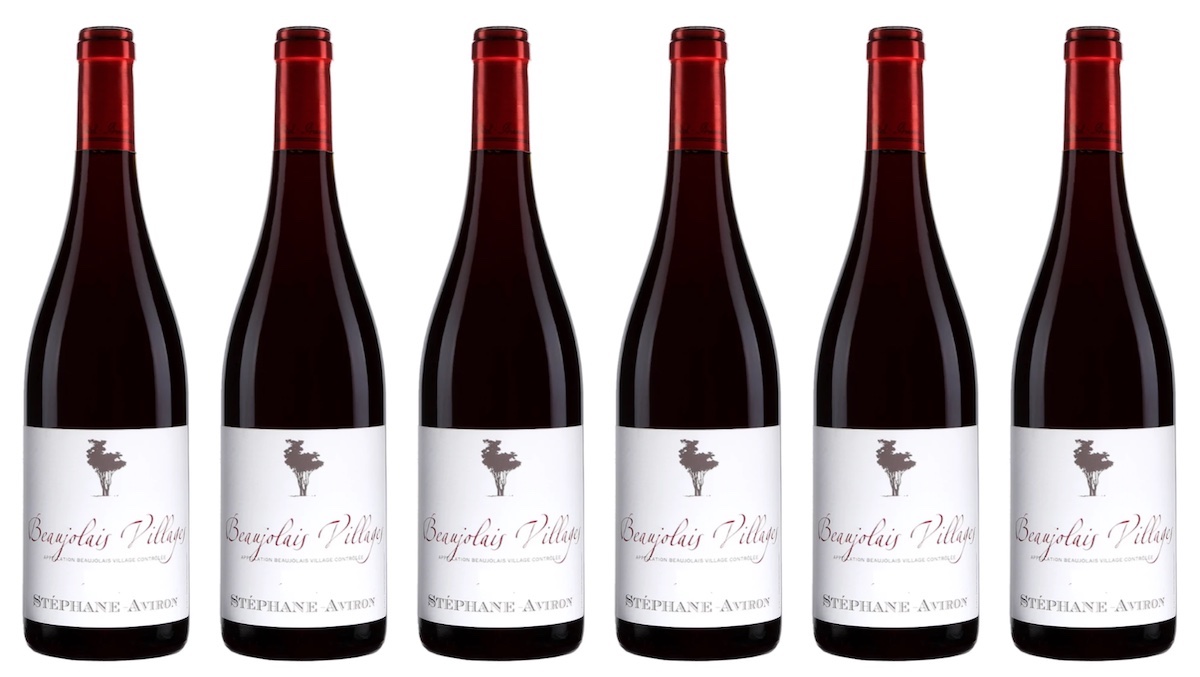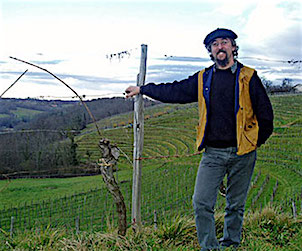By Jamie Drummond
Godello (white) and Mencia (red) are a couple of lesser-known ancient grape varieties hailing from the Galician interior of northwestern Spain, most notably in Valdeorras and Bierzo respectively. Recent unanimous acceptance of it being perhaps one of Spain’s very finest grapes has meant that plantings, production, and exports of Mencia have been steadily increasing over the last two decades. Two weeks ago we looked at the glory that is Godello. In this issue we turn to the mysterious Mencia… (pronounced Men – THEE – Ah)
As soon as an obscure “new” (read: old-and-with-a-suspect-history-in-bulk-wine-production-but-with-a-slight-possibility-of-mass-appeal) grape varietal drops into the lap of a public relations firm we are deluged with comparisons to more readily recognised varieties. You see we are talking of a business that so often relies on familiarity for its marketing. In the case of Mencia, back in around 2002 word got out that it was the bastard son of Cabernet Franc, which is kind of interesting seeing as most of the wine-consuming world are yet to be convinced that the wondrous Cab Franc is any cop whatsoever. Mencia does share some aromatic profiling with Cab Franc, yes, but for a jaded old taster like myself the similarities end there. Rigorous DNA testing by paternity suit-greedy wine scientists has proven conclusively that Spain’s Mencia will not be sharing in the fortunes of Bordeaux’s aristocracy any time soon. Unfortunately for Mencia (and perhaps fortunately for us) it has finally been genetically linked to Portugal’s lowly Jaen… you know Jaen don’t you? No? I didn’t think so… Jaen is Portuguese rusticity taken to the extreme, and you would very rarely see the family name printed upon any back label.
But Mencia… well, the boy done good… he went and got himself a scholarship for a posh school, getting himself out of the ramshackle family village in the Dão. He read The Classics at a reputable university, learned some manners that would not seem out of place in the European court, and became the very model of the refined renaissance man/grape, moving out to Northwestern Spain with his university sweetheart Godello. One also has to note that there are a few scurrilous rumours to the contrary, telling of Mencia’s journey to Bierzo on the Santiago de Compostella pilgrimage route and pointing to an alternative history with ancestral roots in the very north of Europe…
Mencia is primarily planted in Bierzo, a tiny, ancient region in the northwestern corner of Castilla y Leon, almost on the eastern border of Galicia, which is due north of Portugal on the Atlantic coast.When I say tiny I really do mean that. Bierzo has approximately 9,000 acres under vine which, in the grand scheme of things, is very small indeed. By comparison, California’s Napa Valley can boast of having some 55,000 acres planted to vitis vinifera… and one must remember here just how often many a Napa Vintner will profess of how boutiquey their beloved region is…
Amongst the spluttering classes Bierzo is often spoken of as being the “new Priorat”, a distinction that does a disservice to the region by doing nothing to promote its uniqueness. Priorat, whilst undoubtedly capable of growing some outstanding wines, is planted mainly to Garnacha and Cariñena, a couple of varietals that one can find throughout the Mediterranean (albeit usually under the Grenache and Carignan monikers.) Bierzo, on the other hand, truly loves it’s “indigenous” Mencia, a grape that one very rarely finds outside of the DO‘s delimitation bar some plantings in the Ribeira Sacra and Valdeorras regions.
One of the many temptations of a Winemaker in a “newly discovered” region is to create a geographically indistinguishable bottling that hits the sweet spots of the international palate. This requires concocting a wine that, through all manner of jiggery-pokery during the vinification process, follows a style with a recent historical track record of popularity. In doing so one can almost be certain of garnering the praise, scores, and “gobs of fruit” descriptors of a certain quotient of the wine press.
In Priorat, I feel that sadly too many producers have followed this route, and while I can fully understand the economic impetus for such a strategy, I am quite frankly weary of tasting yet another Super Spanish wine. By this I mean one that is over-ripe, over-extracted, over-oaked, and undoubtedly augmented with what appears to be steroidally-enhanced Cabernet, Merlot, an/or Syrah. Thankfully Mencia doesn’t play well with others, as when blended with other varietals it immediately loses its singularity and, in my mind, its appeal. To reinforce my position on this, Luna Beberide, a pioneering producer who predicted the resurgence in the region back in the early 1980’s, has been slowly reducing the percentages of non-native varietals as they come to realise the marvellous potential of the Mencia when it is given clearance to fly solo. Now, just in case you were wondering, the Bierzo DO does not allow for the inclusion of any grape but Mencia.
Strangely enough, despite the fact I may drone on about Bierzo Mencia’s singularity, it is its diversity that is perhaps its greatest strength, as it is capable of producing a surprisingly wide range of wine styles. The last time I got a bit too “sommjizzy”* about Mencia (and by that I mean indulgently wine-nerdy to the point of arousal) I read that there had been, to date, at least nine clones of the Mencia grape identified in the region. On a side note, I’d never really thought of genetic instability as being a good thing until I was formally introduced to Pinot Noir. Now, when one takes this interesting clonal variation and multiplies it with the seriously heterogeneous nature of the soil structures in Bierzo, one can arguably come up with just as a good a definition of terroir as the Burgundians have been preaching for a considerable number of years.
*Cue a tirade of insults and rotten tomatoes*
Interestingly enough, despite the ever-growing buzz around the juice itself, the big players in the wine world have been unable to gain any significant footholds in the region. This is partly due to the extreme fragmentation of vineyard parcels through centuries of distribution in alignment with the Napoleonic inheritance laws (hello Burgundy!), and partly to do with the fact that in Bierzo, as is the case in many of the more ancient regions in Europe, selling one’s land is tantamount to declaring oneself destitute.
These minuscule and disparate parcels of vines owe their continued existence, in part, to bodies that I was originally taught to believe were the embodiment of pure Evil… The Co-ops. If it were not for the proliferation of winemaking cooperatives in the 1940’s and 50’s many of the older Mencia plantings would have been abandoned, as for a farmer to produce wines from his own plots was simply economically unsustainable .
Back in 1989 when Bierzo gained its DO status there were around 4,500 growers but only a small number of grower/producers. Since then, almost 60 growers have chosen to make the move to bottling wine from their own estates, and while this can be seen as being a good thing for the curious palate, it is important to be aware of the fact that many of these wineries still have a long way to go and a lot to learn.
Wineries that I feel are certainly worth seeking out and currently making interesting and often exceptional wines:
Descendientes De J. Palacios : The most elegant, restrained, and focused wines of Bierzo. Even at the entry level (Petalos) the wines are very good indeed. The mineral definition between the single vineyard wines is astonishing, but Ricardo also has an understanding of assemblage that combines the soils of Bierzo to produce a wine that is truly greater than the sum of its parts. Oh, and the wines are biodynamic to boot!
![]()
Finca Losada : A relatively new venture (2005) utilising some co-operatively-rescued old plantings (50 – 80 year bush vines.) The house style tends towards a comfortably approachable glass… a happy medium betwixt Palacios and Beberide. Some may have issue with Mencia’s higher acid levels, but I happen to enjoy that particular challenge on both the tongue and gums… this house nails the fruit/acid balance rather wonderfully. A good place to start if you “get” old-school Old World but enjoy a fair bit of fruit with that bite.
![]()
Luna Beberide : Unashamedly modern wines from a winery that is undoubtedly one of the most recognised labels in Bierzo. Luna Beberide is capable of greatness, that is for sure, but I found a couple of their earlier wines a little too oak-influenced for my personal taste. Super ripe fruit but tough as brand new leather and needing time to wear down the polish of all that shiny high-end French and American oak. I’m glad to see that the Winemaker, Alejandro Luna (the good-looking Spanish chap pictured above), has shown a little more restraint in recent years. Call me old-fashioned, but I’m still rooting for their 100% Mencia!
![]()
 Edinburgh-born/Toronto-based Sommelier, consultant, writer, judge and educator Jamie Drummond is the Director of Programs/Editor of Good Food Revolution…and he sure knows how to rip the arse out of an allegory.
Edinburgh-born/Toronto-based Sommelier, consultant, writer, judge and educator Jamie Drummond is the Director of Programs/Editor of Good Food Revolution…and he sure knows how to rip the arse out of an allegory.








Great post, makes wine so much better when you know where it came from! I look forward to a post about wines in the Canary Islands. For me, a malvasia grape in a sweet white from Lanzarote beats a Sauterne any day!
Jamie, did you get a chance to taste the wines from Bodegas Peique?